Schützenstr. 19 (the house was torn down)
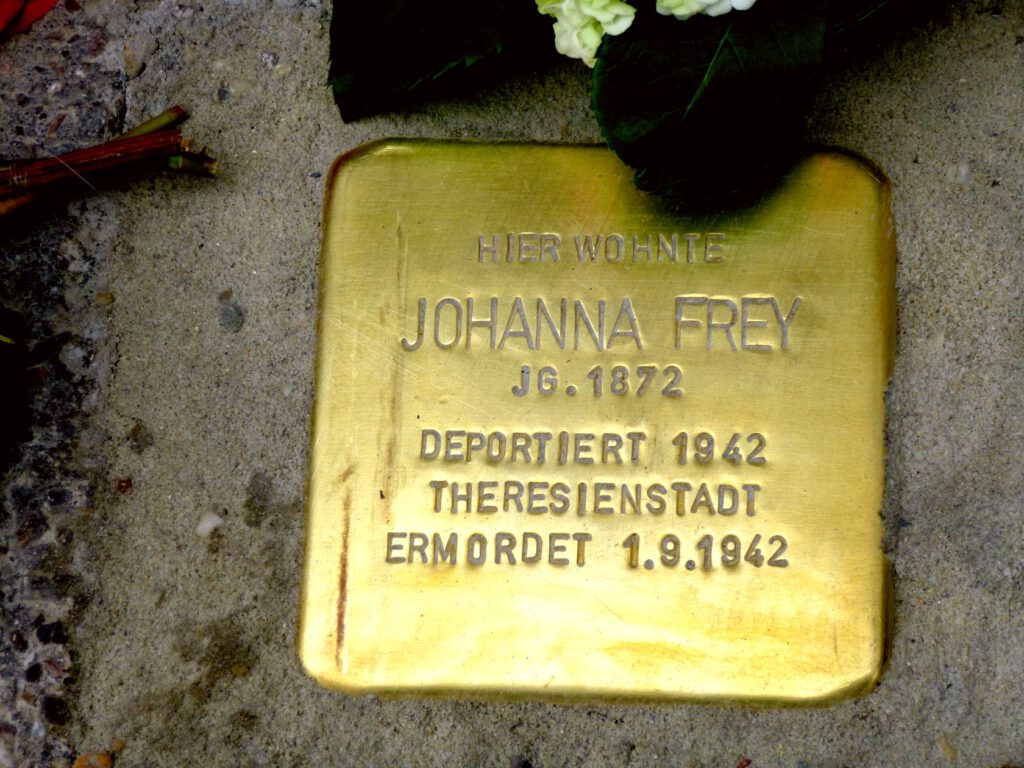
We know only little about Johanna Frey’s life. We guess it has not been easy. In 1885, Johanna was 13 years old, her father died. He was shoemaker and later the “tradesman” Aron Löw Frey (alternative spelling: Aron Löb Frei). The town archives in Schwäbisch Hall are telling us: “Aron Frey was over indebted and did not leave anything”.
When Johanna Frey was born on July 12, 1872 in Schwäbisch Hall she was the sixth of eight children of the married couple Ester (also: Ernestine) née Rosenfeld and Aron Frey. After the death of her husband Johanna’s mother Ester must have looked into an abyss. Dr. Thomas Kreutzer of Kreisarchiv Hohenlohekreis has done research at our request: “Ester Frey moved after the death of her husband with her children from Hall to Hohebach; I assume that they moved to Ester’s mother. On September 3, 1885 Nathan Hähnlein as teacher in Hall, had been appointed foster father of her under-age children. He continued in this position for some time. Ester, grandmother of Johanna, died May 2, 1888 at Hohebach where she is buried. At this point two of Johanna’s brethren were grown up and five were under age, among them Johanna. Two of them (one them a minor) had immigrated into the US. From March 19, 1889 the five under age children were registered as foster children at Hohebach. Foster father and general agent was still Teacher Hähnlein assigned by a local representative. After the death of Brünette Rosenfeld (Johanna’s grandmother, mother’s side) on May 2, 1890 besides the still living brothers and sisters of Ester also Ester’s children inherited part of the heritage. In her last will attested on June 14, 1888 the current residential addresses of the grandchildren. (…) Hence it is stated that Johanna resided again in Hall (…) probably cared for by relatives, possibly Nathan Hähnlein. In 1893, the year of her coming of age, the foster ship ended and Johanna’s property was taken over privately by Nathan Hähnlein.
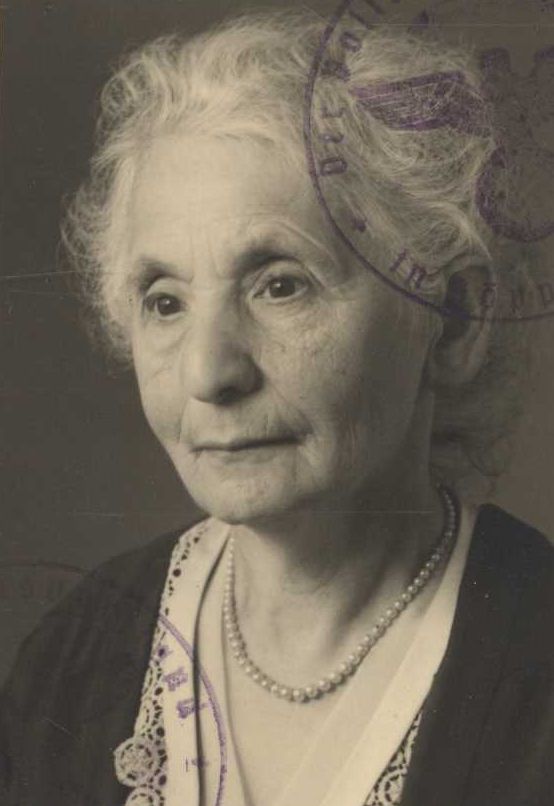
After the end of this possibly traumatic period of time, characterized by the death of close by relatives, Johanna Frey returned to her town of birth Schwäbisch Hall – and from that time on her traces of life got lost for decades.
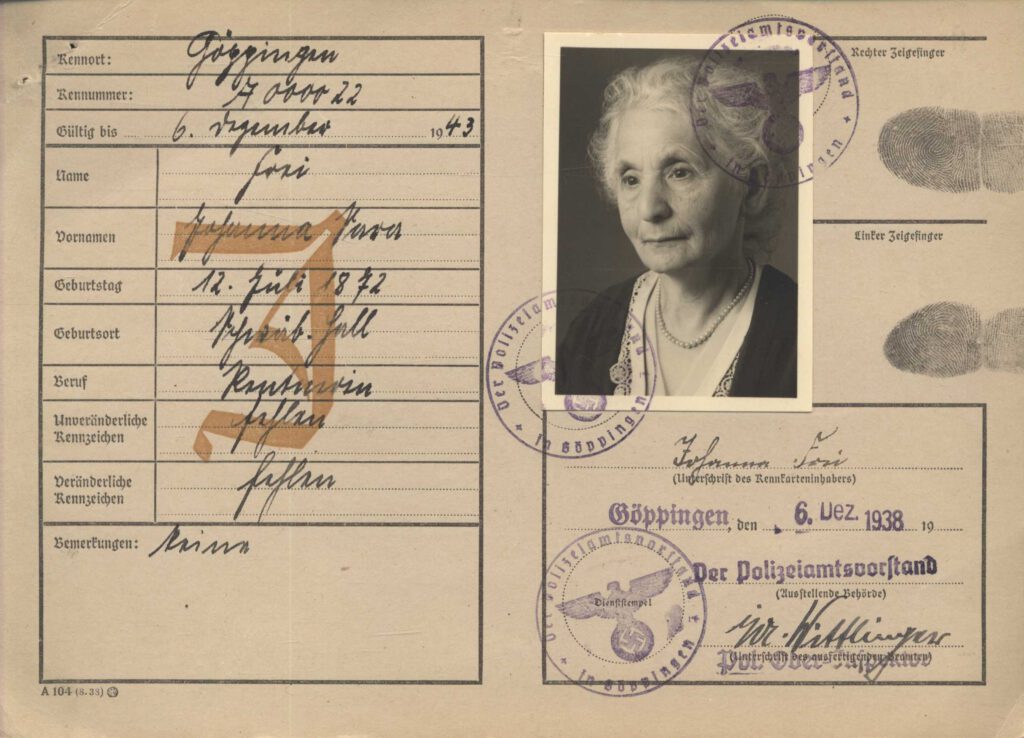
How has Johanna made a living? She would have been barred from a qualified education, on one of the very few documents in writing, the application for an identity card in December 1938 she was listed as “Rentnerin”, old age pensioner or senior citizen. She had possibly seen her sister Recha (Rosa) Frey as a role model as her older sister worked in Stuttgart as a “Hausdame” (housekeeper) or “Pflegerin” (nurse).
In the address book of 1930 Johanna can be traced to Göppingen, she lived in Schützenstraße 19, in a house that belonged to the trader August Ehrhardt.
Did family connections bring her to Göppingen? Johanna’s half-sister Bertha, married Wassermann, lived in Göppingen. Her oldest daughter, Johanna’s half-niece, Therese Wassermann (See Stolperstein-Biography) was twelve years younger than Johanna. Beside Therese there were three more grown-up children of Bertha Wassermann in Göppingen. From 1939 Jewish tenants were chased out of the leases with Non-Jews. Probably Johanna Frey had to leave the apartment of her landlord in Schützenstraße 19 around 1939, although her name does not appear in anyone of the “Judenhäuser” (Jews’ dwellings).
With the probably forced removal from the Göppingen apartment a series of nerve-wracking removal began. The Berlin Bundesarchiv (Federal Archives) hosts a document stating that Johanna was a resident at the Landesasyl (state asylum) ‘Wilhelmsruhe’ in Sontheim near Heilbronn at the national census on May 17, 1939. This house was at that time not an address where old Jewish people feel good (See Stolperstein-biography Ida Löwenstein). We guess that Johanna Frey could or had to spend about one year, before the old age pensioners home was evicted in mid-November 1940. Many of the evicted people returned to their former communities, as Johanna. Her next place of residence was Jebenhausen / Goeppingen in the house of the widow Betty Lauchheimer. Finally she found a home again.
Betty’s granddaughter, Inge Auerbacher, who lived from November 1938 with her grandparents Betty and Max Lauchheimer, remembers “Miss Frey” who had lived in the house of her grandparents “like a family member”, preserved in a photo that was taken in the summer of 1941.
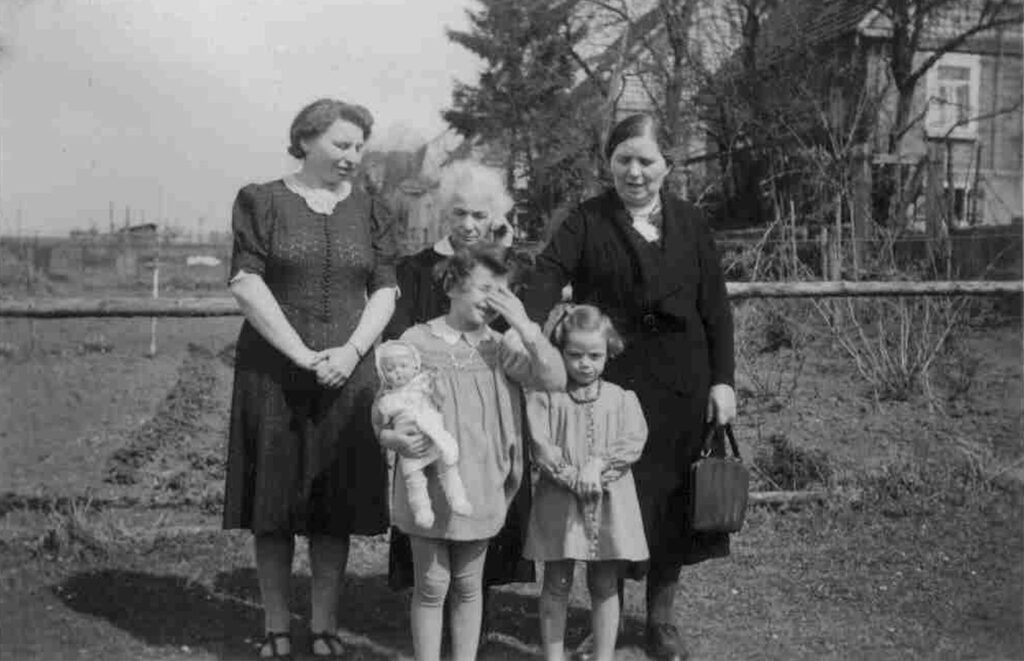
How could Johanna Frey, who, unmarried and unqualified, received only a small pension, make a living? In a letter of September 3, 1941 Hedwig Frankfurter from Goeppingen writes to her friend Tilde Gutmann, who had fled to Switzerland. Hedwig listed all those who were in drastic need for help; a “Miss Frey” was among the ones mentioned.
On December 1st, 1941 Johanna’s landlady Betty Lauchheimer was deported to Riga, and murdered (see Stolperstein-biography). The Auerbachers, the family of Betty’s daughter, were evicted from the house in Jebenhausen and with them definitely Johanna Frey too.
If Johanna was sent to a Göppingen Judenhaus (Jewish dwelling) cannot be secured. Nevertheless she had to leave Göppingen on December 29th, 1941. She was forcefully sent to Schloss Eschenau near Heilbronn, a Forced Senior Citizens Home. It was a property of the alchemist and poet Alexander von Bernus. He and the community of Eschenau profited by the way massively from the lending of the building that had only been renovated provisionally for the new purpose. The historian Dr. Martin Ulmer of Tübingen writes about the developing Forced Old Age Pensioners’ Homes: “In the course of ghettoization before deportation in autumn 1941 all over Germany old people were transferred into Forced Old Age Pensioners’ Homes and kept there. In 1941 there were 140 Homes of that kind in Germany. The people should be concentrated and completely controlled so that later the deportation could run smoothly. Besides Eschenau, there were six more Homes, in Tigerfeld and Buttenhausen near Münsingen, in Delmensingen, Herrlingen and for a short time in Oberstotzingen in Kreis Ulm as well as in Weißenstein in Kreis Göppingen.” The same author states about the living conditions in Schloss Eschenau: “The cramped living conditions with any privacy in a ramshackle and overcrowded dwelling partly without electric light and with insufficient hygiene caused serious problems for the old people. Besides, they had been ripped out of their surroundings they were used to for good. Despite the forced community many suffered from loneliness, (…)”. Johanna Frey spent eight months in Eschenau, probably starving and freezing in the first cold months. Martin Ulmer writes: ”The large majority was in a bad physical condition as eye witnesses remember. The women often knitted, because they were bored and they mended clothes. Jews could no longer buy textiles after the withdrawal of the “Reichskleiderkarten” (Imperial Ration Card for Textiles).”
On August 19, 1942 Johanna Frey and further 79 inmates of the home were taken to Killesberg Camp Stuttgart. Among her fellow-sufferers were Helene Simon of Göppingen and her brother Max Hirsch (See Stolperstein biographies). Three days later, on August 22nd the transport started from Stuttgart Nordbahnhof taking 1078 Jews male and female to the KZ Ghetto Theresienstadt. The living conditions in Theresienstadt possibly finally ruined Johanna’s health as she was kept on the loft hot because of the summer heat of the Dresden barracks, some storeys away from the toilets.
How heavily Johanna Frey had suffered from the conditions in Göppingen and Eschenau can be seen at the fact that she died on September 1st in the KZ Ghetto Theresienstadt. Murder in instalments which the (Jewish) doctors, prisoners themselves, were not allowed published on the death certificate. The death certificate states that Johanna died of “infirmity”.
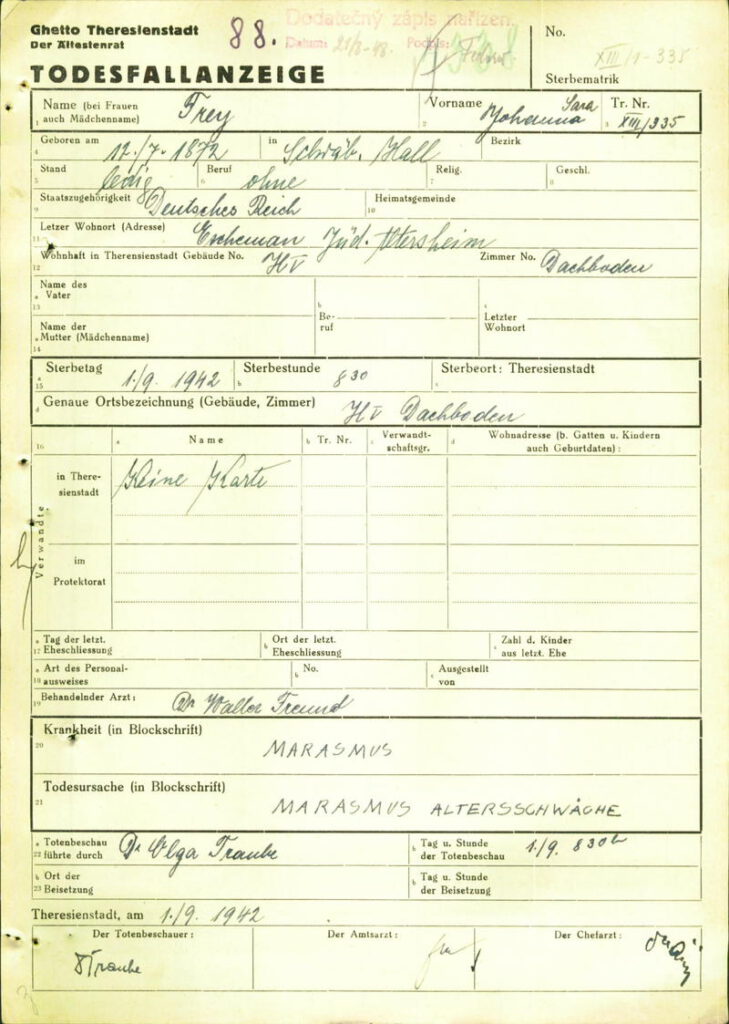
In Theresienstadt Johanna took part of the misery of her sisters, Recha Frey and Jeanette Bacher. Johanna’s younger sister Jeanette had married Leo Bacher of Augsburg, lithographer, and had lived with him in Munich. The couple had been transported to Theresienstadt in July 1942, deported on September 19, 1942 to Treblinka and murdered there.
Recha Frey reached the ghetto on August 22, 1942, was deported on September 29, 1942 from Theresienstadt to the extermination camp Treblinka too and murdered through gas.
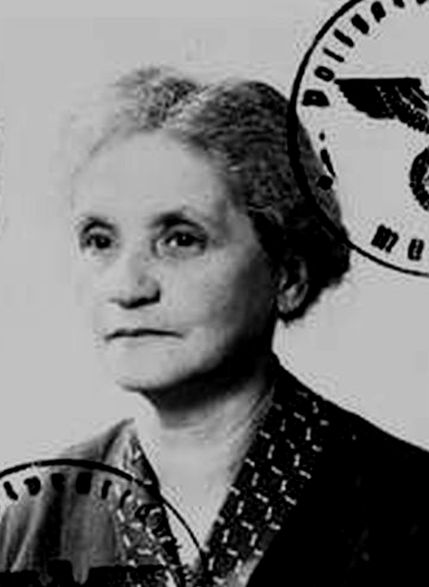
The three sisters Recha, Johanna and Jeanette were the only children of the married couple Esther and Aron Frey still living in Germany. With their assassination the German branch of this family was extinguished.
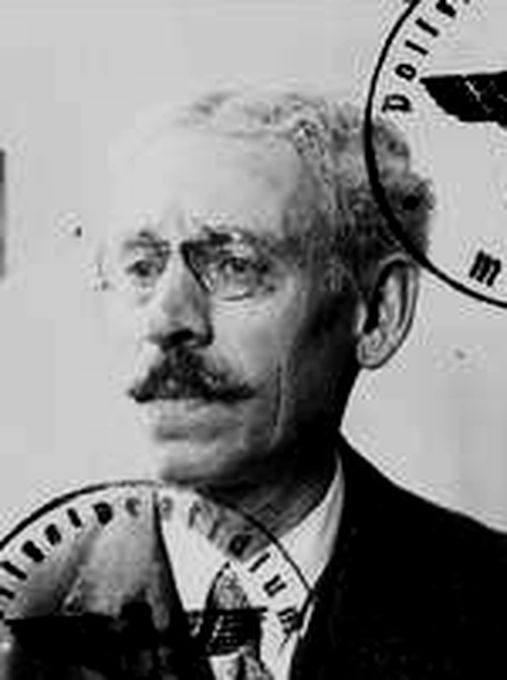
On May 16 2014 Gunter Demnig set a ‘Stolperstein’ (stumbling stone) to the memory of Johanna Frey on the spot where she spent her first years in Göppingen.
The quotations of Dr Ulmer as well as the identity card photo derive from: “The Jewish Forced Old Age Pensioners’ Home Eschenauc and its inhabitants.” Ed. Martin Ulmer and Martin Ritter. Dr Thomas Kreutzer of the Hohenlohekreis Archives kindly investigated into the period of Johanna Frey’s life after the death of her father. Inge Auerbacher supplied the photo from Johanna’s time in Jebenhausen.
Our cordial thanks go to all those who helped us.
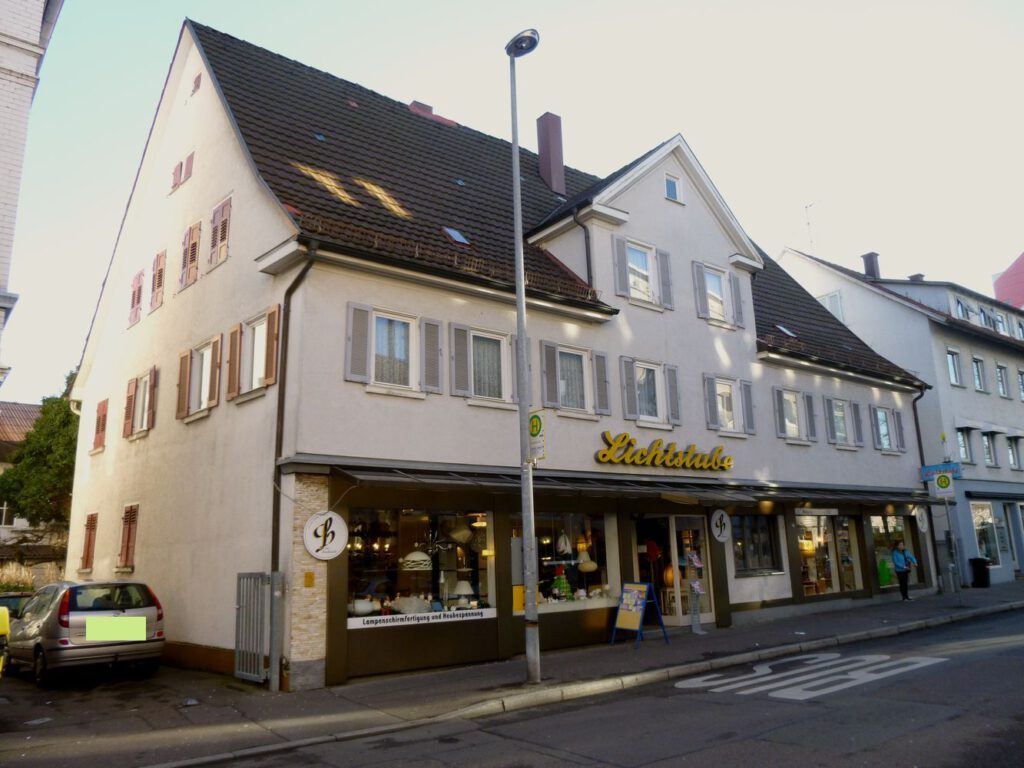
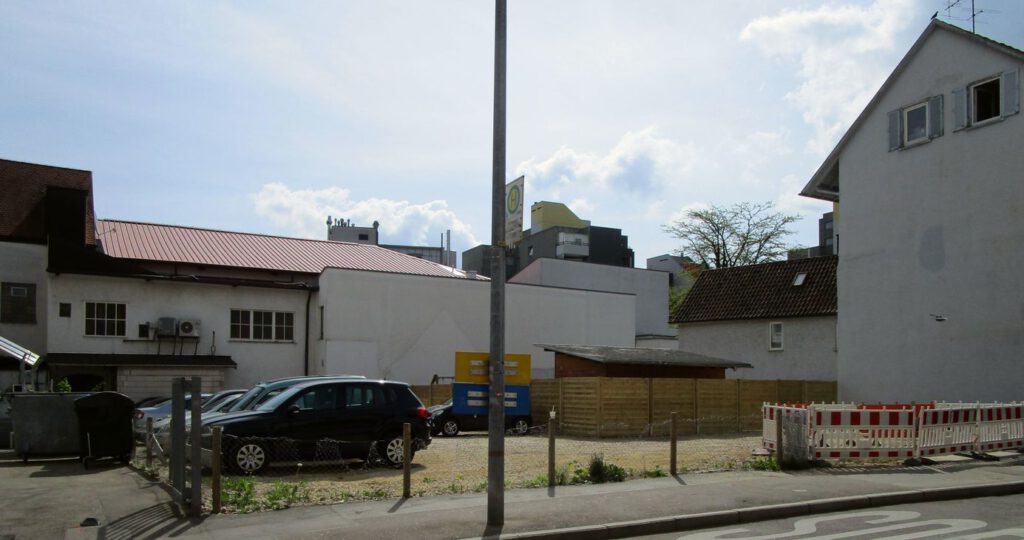
(April-22-2018 kmr/pr)


Leave a Reply